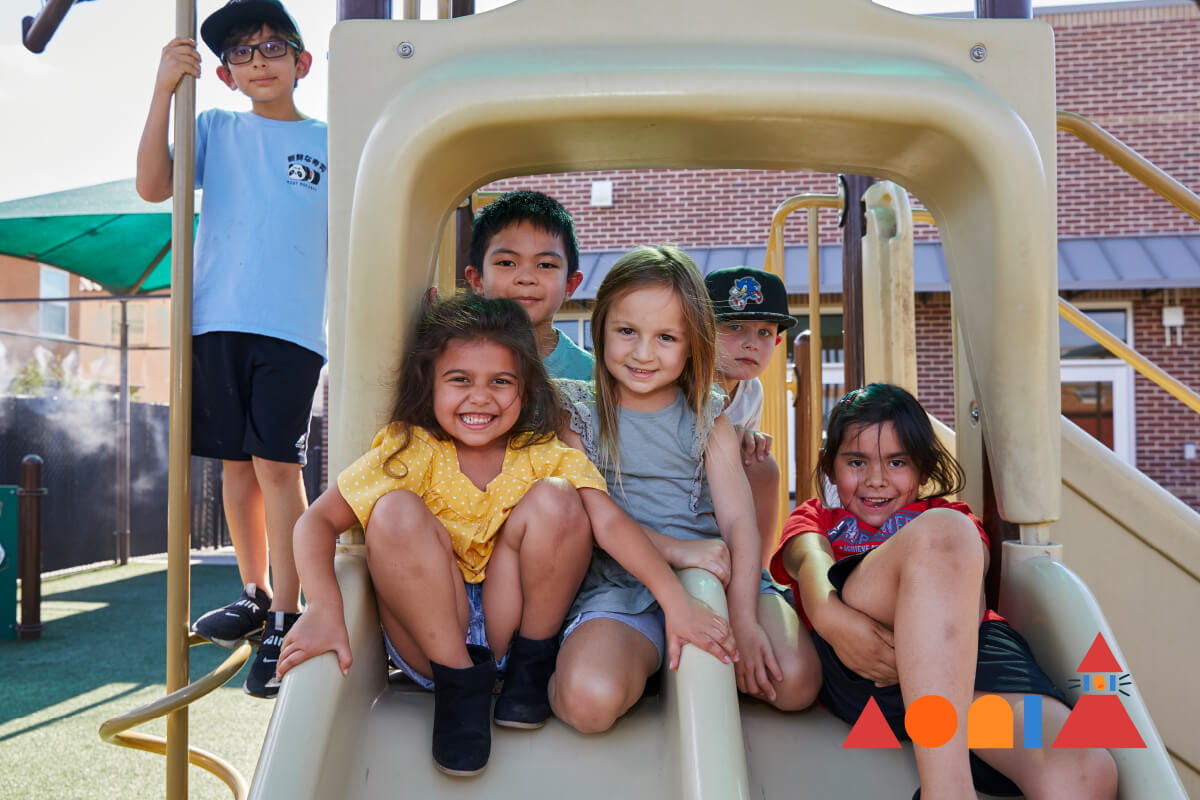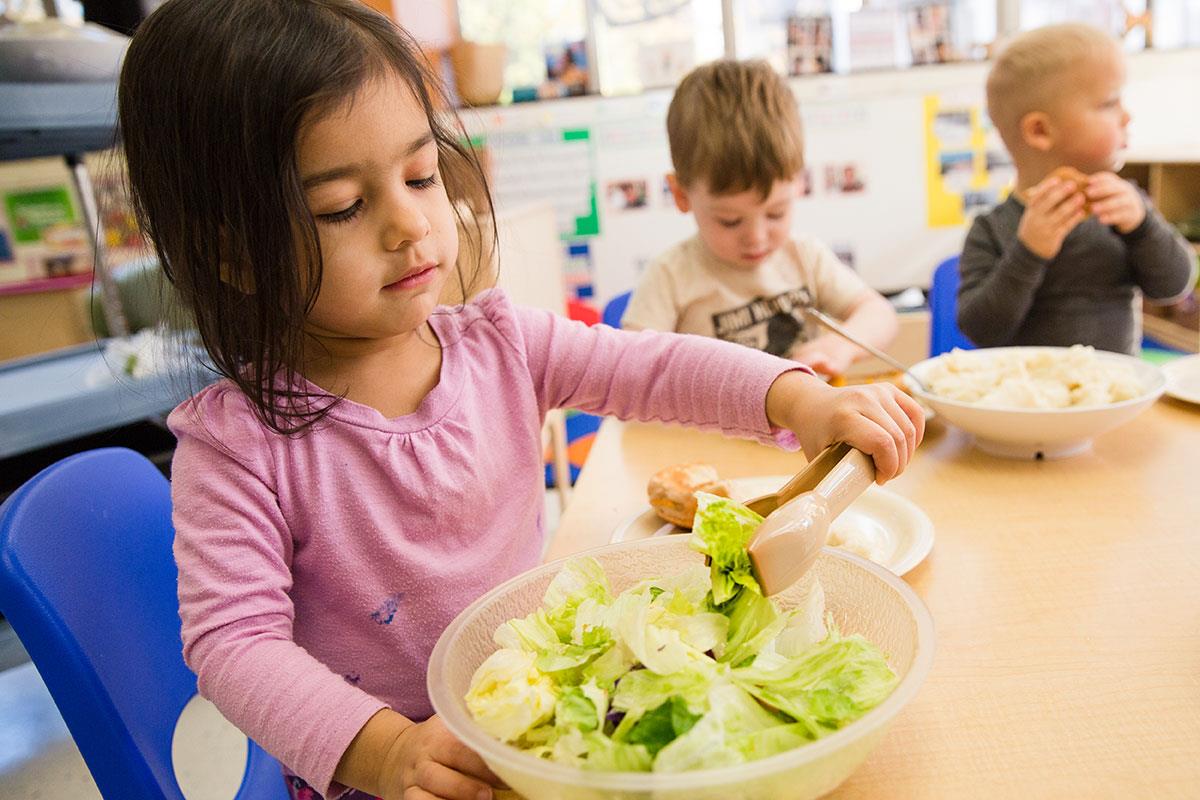Fear Not! 4 Ways to Teach Safety with Positivity

Safety is one of the most important things we can teach children—and how we teach it is just as important. At KinderCare, rather than telling children what not to do, we teach safety with positivity, giving children smart strategies and skills for what to do in different real-world circumstances. “Teaching safety is really about building children’s confidence, competence, and appropriate levels of independence in the world,” says Meg Davis, KCE manager of curriculum development. Here's how it works in our classrooms—try out these four key concepts at home and keep your little ones safe and happy!
1. We don’t make safety scary.
We don’t teach the old, fear-based “don’t talk to strangers” rule. After all, many strangers can help children if, say, they become lost. By removing fear and focusing on giving children information, we can empower children to arrive at their own smart decisions.
Stranger Awareness: We teach children to be “smart about strangers.” Children discuss who strangers are, where they might meet them, such as the library or grocery store, as well as what not to tell strangers.
2. We help children find their own answers.
When children come up with solutions to problems on their own, they build the critical-thinking skills they need to make good decisions.
Keep the House Safe: In this activity, children think about situations at home that might be unsafe—such as soup cooking on a stove top or a skateboard left on a step. Then we ask children open-ended questions: What could you do to stay safe in this situation?
3. We teach key concepts through movement.
Young children often learn best through their senses and physical movement.
911 Number Hop: In this variation of hopscotch, children hop their way through a grid of numbers, stopping on squares with the numbers 9 or 1. The act of hopping helps children internalize the numbers better—which helps them recall these important numbers when they need them!
4. We build awareness of community safety.
When children understand that symbols have real meaning, they are more likely to recognize safety signs in their communities—and follow them.
Classroom Safety Signs: We invite children to create and display safety signs in their classroom and in the outdoor play area. Tricycle crossing, anyone?




